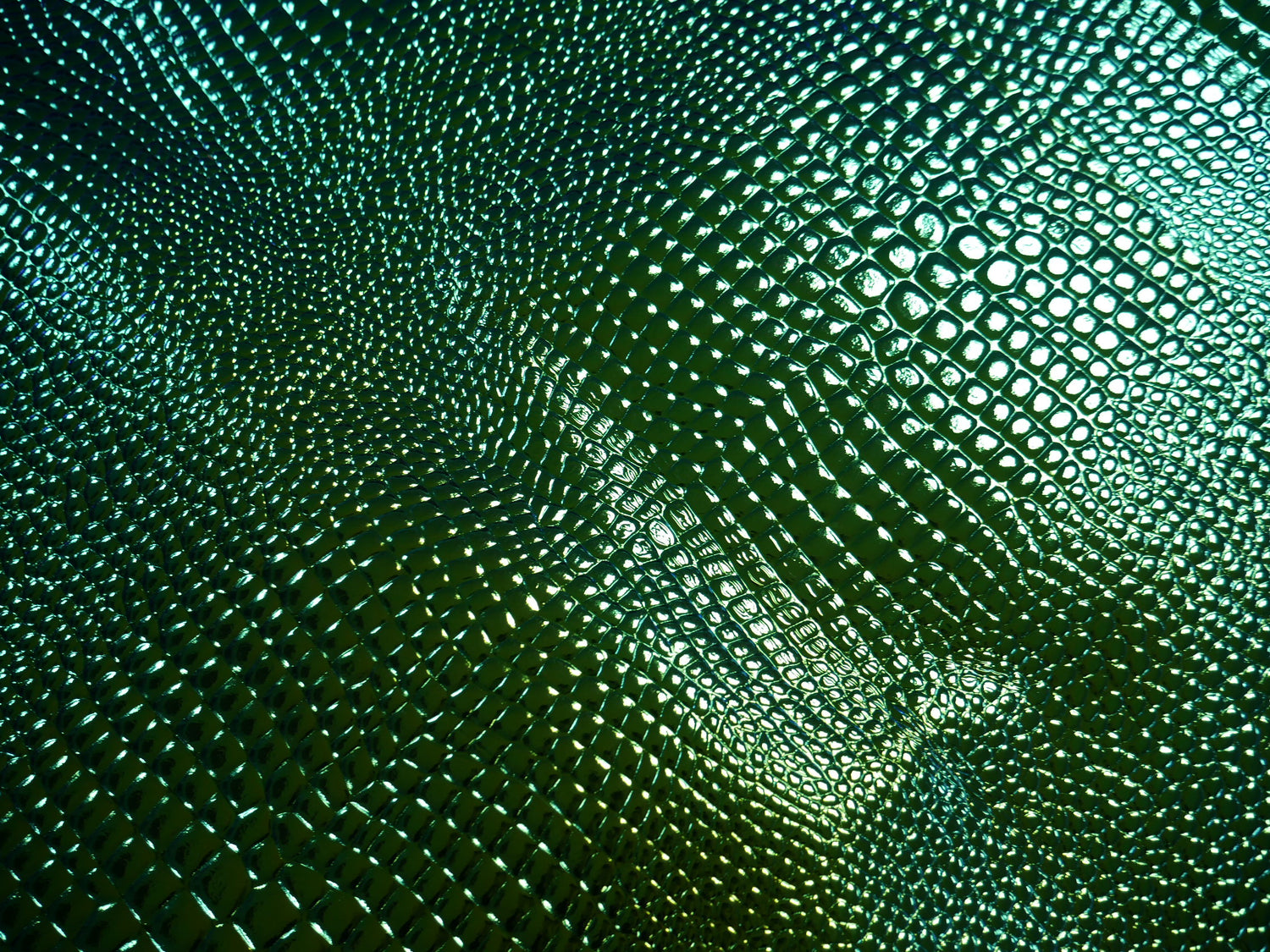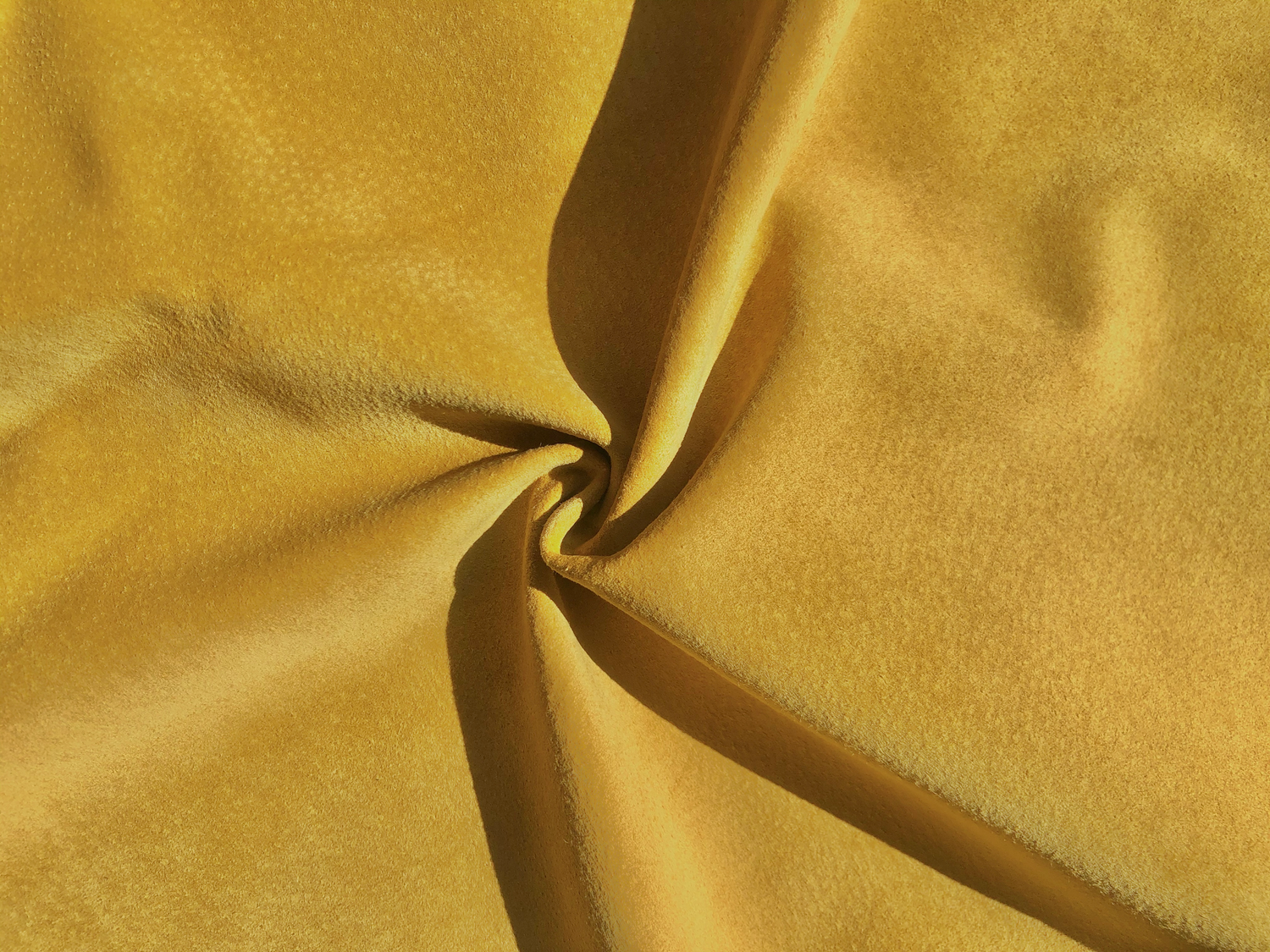LEATHER BUYING GUIDE
This detailed online leather buying guide is your first port of call for choosing the right leather. We hope this is a helpful resource for anyone looking for further information on a specific type or finish, or if you need help with calculating your costs.
If you’ve still got more questions, then we’d love for you to get in touch: CONTACT US
LEATHER TYPES

The leathers sold at Walter Reginald are all by-products of the meat industry, meaning there is very little wastage. Our leather is sourced globally from different kinds of animals, including cow, lamb, horse, goat, pig, python, fish, stingray and many more.
This breakdown of the average measurements per animal is a handy comparison guide, particularly for projects in which the size of a singular skin is integral to its design:
| Leather Types | Footage (ft) | Width (cm) | Height (cm) |
| Full Cowhide | 45-55 | 200 | 220 |
| Half Cowhide (side) | 15-25 | 100 | 220 |
|
Cow Shoulder
|
15-25 | 140 | 110 |
| Pig Skins | 12-18 | 120 | 105 |
| Lamb Skins | 8-12 | 75 | 105 |
| Goat Skins | 4-5 | 50 | 65 |
| Fish Skins | 80 | 30 | |
| Crocodile Skins | 40/50 | 160 | |
| Stingray Skins (Shagreen) | 30 | 50 | |
| Python Skin | 300 | 27 |
Please note that all measurements are approximations only and every skin will be different in shape and size. There will also be anomalies that exceed standard measurements or are well below standards as these are natural products.
THE TANNING PROCESS
The first step in the tannery process is to inspect and sort the skins from the abattoirs. They are place into large drums, soaked and hairs are removed where necessary. Once washed, they are ready to be tanned.

The skins are then prepared and trimmed and placed back into the drums with a chemical solution, often including chrome. This makes a stable base and stop the skins from putrefying. The skins are generally then split, with a machine slicing the leather into two layers. The layer without a grain surface can be turned into suede or have an artificial grain surface or laminate applied. The top sides are usually finished with the grain or buffed in preparation to have foil finishes applied. Any shavings are sent to be used for bonded leather.
The skins are then ready to be dyed. Once again they go into the drums, this time to be dyed through with specific colours and then to have various finishes applied. Minimum drum loads are generally 500ft, 1000ft or 3000ft.
In terms of the tanning, the two most commonly used methods are chrome and vegetable. With chrome, there is a larger range of colours achievable which are more vivid and with a better depth of colour. Vegetable-tanned leather traditionally has more earthy tones as it uses plant extracts. These leathers are commonly used for saddlery, belting, and larger accessories. This type of tannage is also suitable for wet-molding, embossing, printing and dyeing.
FINISHES

There are various types of finishing methods, including full grains, embosses, laminates and foils:
NAPPA is the generic name given to the grain side of the finished leather of cow or lamb. Generally this has a smooth surface. Methods such as washing or shrinking are then applied. Nappas are most commonly used for garments – in particular outerwear such as jackets. However, at Walter Reginald we also sell these products for small leathergoods and handbags.
ANILINE skins are drum dyed and dried naturally, with no finish applied. Buttery soft, it can be prone to taking up grease or moisture.
PIGMENTED skins are drum dyed and dried, with a spray pigment applied to the top of the skin. This makes the skins more durable as the pigmented layer acts as a barrier to stop moisture being absorbed.
NUBUCK is the name for the grain side of the skin when using very high quality leather. The grain is buffed to give a soft ‘sueded’ look. It can stain, so it needs a stain-resistant finish applied, either at the tannery or when the product is made up.
SUEDE is the reverse side of the nappa (inside of the animal). All animal skins can produce suede. Generally, it is split to make a fine finish and is often referred to as a ‘split’ which can be used for garments, linings and accessories. In the case of lamb and goat, the grain side left is very thin and often used for skivers in the bookbinding industry.
SHEARLING is the generic name for wool skins that are generally used for garments. Fur is on the grain side, and the reverse is often left as a suede but could have a finish applied.
CALCULATING COSTS
Calculating how much leather you will need can prove a difficult task due to the dimensions of skins and confusion between square footage and metres. Here are some select examples of typical products that our customers make and design, with the quantities and dimensions of leather needed for such a project. We’ve also made suggestions as to the type of leather you would typically use for such a product.

We recommend speaking to your manufacturer for confirmation before placing any orders on leather to avoid mistakes.
Standard small men’s jacket
Amount of leather required: 40 ft
Leather dimensions: 0.6-1.0mm are generally best.
Type of leather: Can use any, but cowhide and lamb nappa are preferable
Accessories
Amount of leather required for handbag: 4-8 ft required depending on size of bag
Amount of leather required for shoes/trainers: 2 ft
Leather dimensions: 1.2-2.0mm are generally best.
Type of leather: Calf is an amazing option for any type of accessory, however cowhide can equally be as good.
Sofa
Leather required: 200-250 ft
Leather dimensions: 1.0-1.4mm are generally best as the leather typically needs to be stretched and turned.
Type of leather: Cowhide is most definitely the best option for upholstering on sofas due to its durability. The sizes of the skins also allow designs that use very minimal seams.
IMPERFECTIONS
Leather is a natural byproduct of the meat industry, and therefore will exhibit many natural animal markings in the form of bug bites, scars, defects, stretch marks and branding marks. These are all signs that you are purchasing genuine leather. At Walter Reginald we strive to supply the best skins possible. This being said, when purchasing please expect skins to contain some natural imperfections or holes.

BROWSE OUR COLLECTIONS
-

UPHOLSTERY
Our large, full hides are ideal for sofas and interior furnishings, and...
-

ACCESSORIES
Our wide range of cow, pig, lamb and goat finishes are developed...




